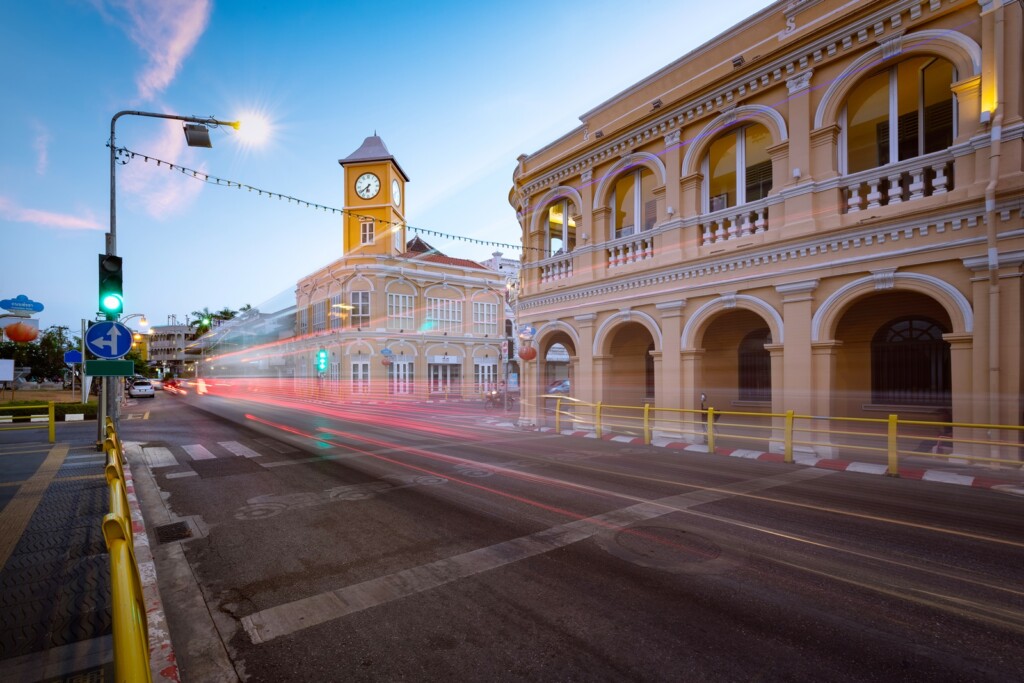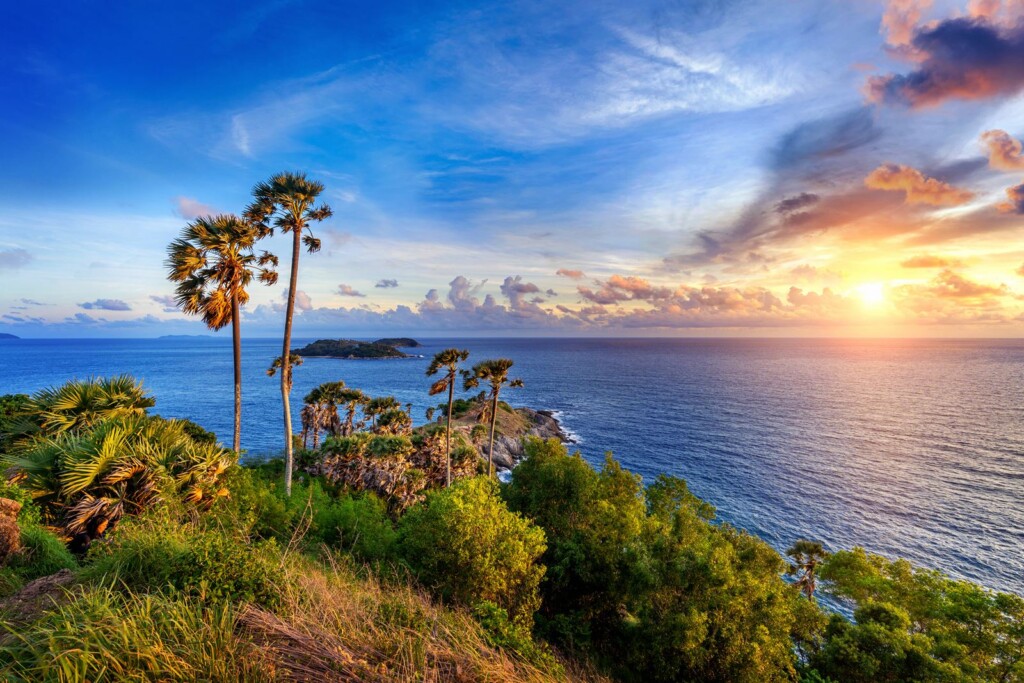Raja Ampat, an archipelago located in Indonesia, is often referred to as the “Amazon of the Seas” due to its incredible marine biodiversity. This remote and pristine destination is a diver’s paradise, offering a unique opportunity to explore some of the most vibrant and diverse underwater ecosystems on the planet.
The Biodiversity of Raja Ampat
Raja Ampat is home to more than 1,500 species of fish, 700 species of mollusks, and 600 species of hard coral. This staggering biodiversity is attributed to the region’s unique geographical location, where the Pacific and Indian Oceans meet. The area’s nutrient-rich waters, strong currents, and diverse coral reef formations create the perfect conditions for a wide variety of marine life to thrive.
Divers in Raja Ampat can expect to encounter an array of colorful reef fish, including angelfish, butterflyfish, and parrotfish. The reefs are also teeming with larger marine species such as manta rays, sharks, and turtles. With such an abundance of marine life, every dive in Raja Ampat is an opportunity to witness nature’s wonders up close.
The Dive Sites of Raja Ampat
Raja Ampat boasts more than 1,500 islands, each offering a unique diving experience. Some of the most popular dive sites include Misool Island, Wayag Island, and the Dampier Strait. These sites are known for their stunning coral gardens, underwater caves, and dramatic drop-offs.
Misool Island, located in the southern part of Raja Ampat, is famous for its vibrant soft corals and abundant fish life. Divers can explore hidden lagoons, swim through narrow channels, and encounter schools of fish in every direction. The area is also known for its beautiful underwater rock formations, which provide shelter for a variety of marine species.
Wayag Island, located in the northern part of Raja Ampat, is known for its breathtaking karst limestone formations. The dive sites here offer a combination of stunning underwater landscapes and diverse marine life. Divers can explore underwater caves, swim through narrow canyons, and encounter large pelagic species such as sharks and manta rays.
The Dampier Strait, located between the islands of Waigeo and Batanta, is renowned for its strong currents and impressive biodiversity. This area is a hotspot for encounters with manta rays, which gather in large numbers to feed on plankton. Divers can also explore vibrant coral gardens and encounter a wide variety of reef fish.
Conservation Efforts in Raja Ampat
Given its status as one of the most biodiverse marine ecosystems in the world, Raja Ampat is a globally recognized conservation priority. The local government, together with various organizations and stakeholders, has implemented measures to protect the area’s fragile marine environment.
One of the initiatives in place is the establishment of marine protected areas (MPAs) throughout Raja Ampat. These MPAs aim to safeguard critical habitats and ensure sustainable management of marine resources. Additionally, local communities actively participate in conservation efforts through initiatives such as coral reef restoration and sustainable fishing practices.
Planning Your Diving Trip to Raja Ampat
If you’re considering a diving trip to Raja Ampat, it’s essential to plan ahead to make the most of your experience. The best time to visit is during the dry season, which typically runs from October to April. During this period, the weather is generally calm, and visibility underwater is at its best.
There are several liveaboard dive boats that offer trips to Raja Ampat, allowing divers to explore multiple dive sites during their stay. These boats provide comfortable accommodations and experienced dive guides who are familiar with the region’s dive sites and marine life.
It’s also important to note that Raja Ampat is a remote destination, and access can be challenging. Most visitors fly into Sorong, the nearest city, and then take a boat to their chosen dive resort or liveaboard. It’s advisable to book your trip well in advance and ensure you have all the necessary permits and documents required for entry into Indonesia.
Conclusion
Diving in Raja Ampat is a truly unforgettable experience. The region’s unparalleled marine biodiversity, stunning dive sites, and commitment to conservation make it a must-visit destination for any diving enthusiast. Whether you’re an experienced diver or a beginner, Raja Ampat offers something for everyone, promising a dive adventure like no other.
















